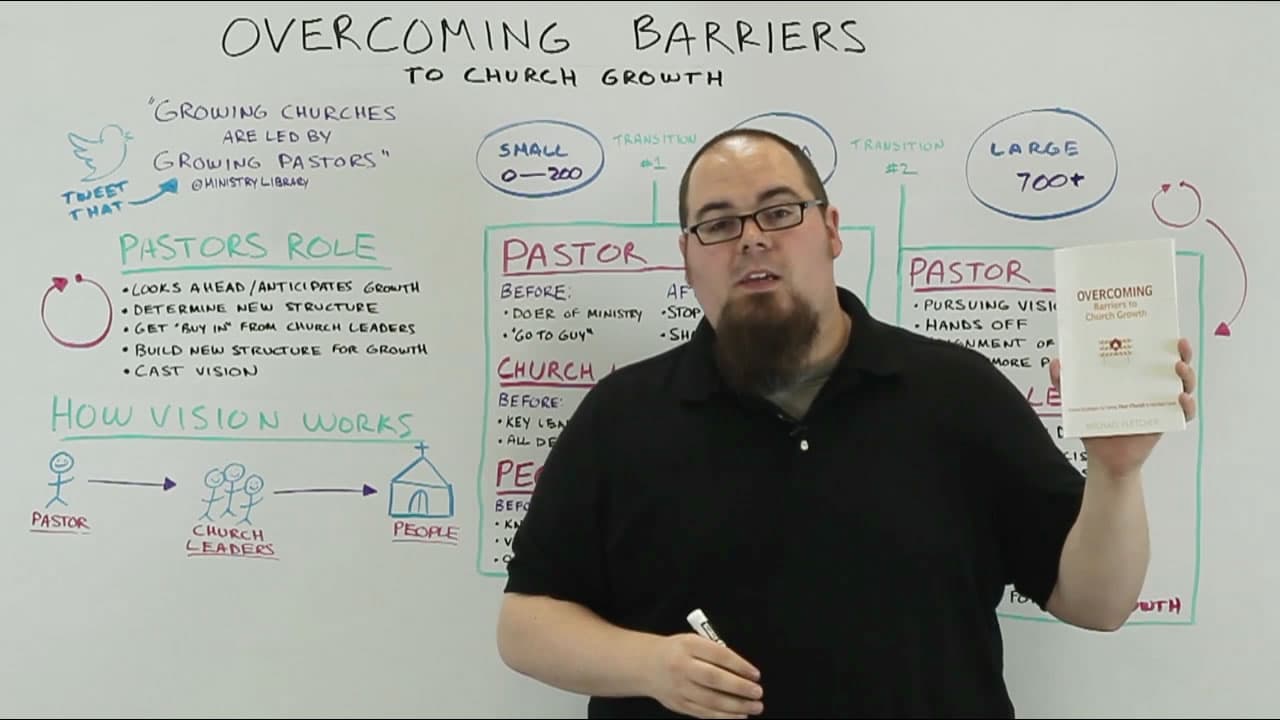
18 Jun Overcoming the 200 Barrier
Church growth barriers happen to every church. Your church is not exempt. And while the word barriers is a very negative word, your growth barriers are a sign of something good. Your church is actually growing. Many churches in the country are either stagnant or in decline. The fact that your church has reached a growth barrier is a healthy sign.
But it’s how your church reacts to the growth barriers that will determine whether or not you will continue to grow. For churches, the first growth barrier comes when you reach about 200 people. At this point, people begin to realize that they don’t know everyone anymore. There are a growing number of new faces, too many to remember names and stories. This often makes the church leaders and people think, “How did we get here? I remember the good ol’ days when we knew everyone, could fit the whole church in backyard for a BBQ. It was so close knit and personal. I wish it could be that way again”. And that last statement there is one of the most dangerous.
One of two things usually happens at this point. Either the people decide that they want to resort back to the old way of doing things in order to regain the “closeness”, or they decide to trudge ahead and make room for the new people who are coming to the church. Unfortunately, many churches choose the first option. They become exclusive instead of inclusive. Visitors feel that there is no room for them when they come and as a result, they don’t come back. Over time, the people get what they wanted; a small close knit group of believers, but no growth, no life change, and no impact.
See, the fact here is that change MUST happen in the church as it grows. A church of 200 and a church of 1,000 can not be the same church with just more seating. It doesn’t work that way. Room must be made for guests and making that room is rarely comfortable. It means that big changes in church structure will need to take place. The pastor won’t be as readily accessible, and it will be harder to maintain a personal side. But the only other option is to simply tell those in your community who don’t come to your church to essentially go to hell. Growth barriers are tough, which is why they call them barriers.
But your goal and vision as a church can’t be to only reach the number of people who called dibs first. That church looks nothing like Jesus. In order to break the 200 barrier, your church must change their mindset towards those outside the church. There must be a greater value on their spiritual condition than on their own comfort. As leaders, you must begin structuring yourself for growth. It might mean that people’s job descriptions change, that some staff are let go and others are hired. But the mission of the church is way too important to allow your growth to stop.
To find out how to break through these barriers, check out our summary of Overcoming Barriers to Church Growth by Michael Fletcher.

